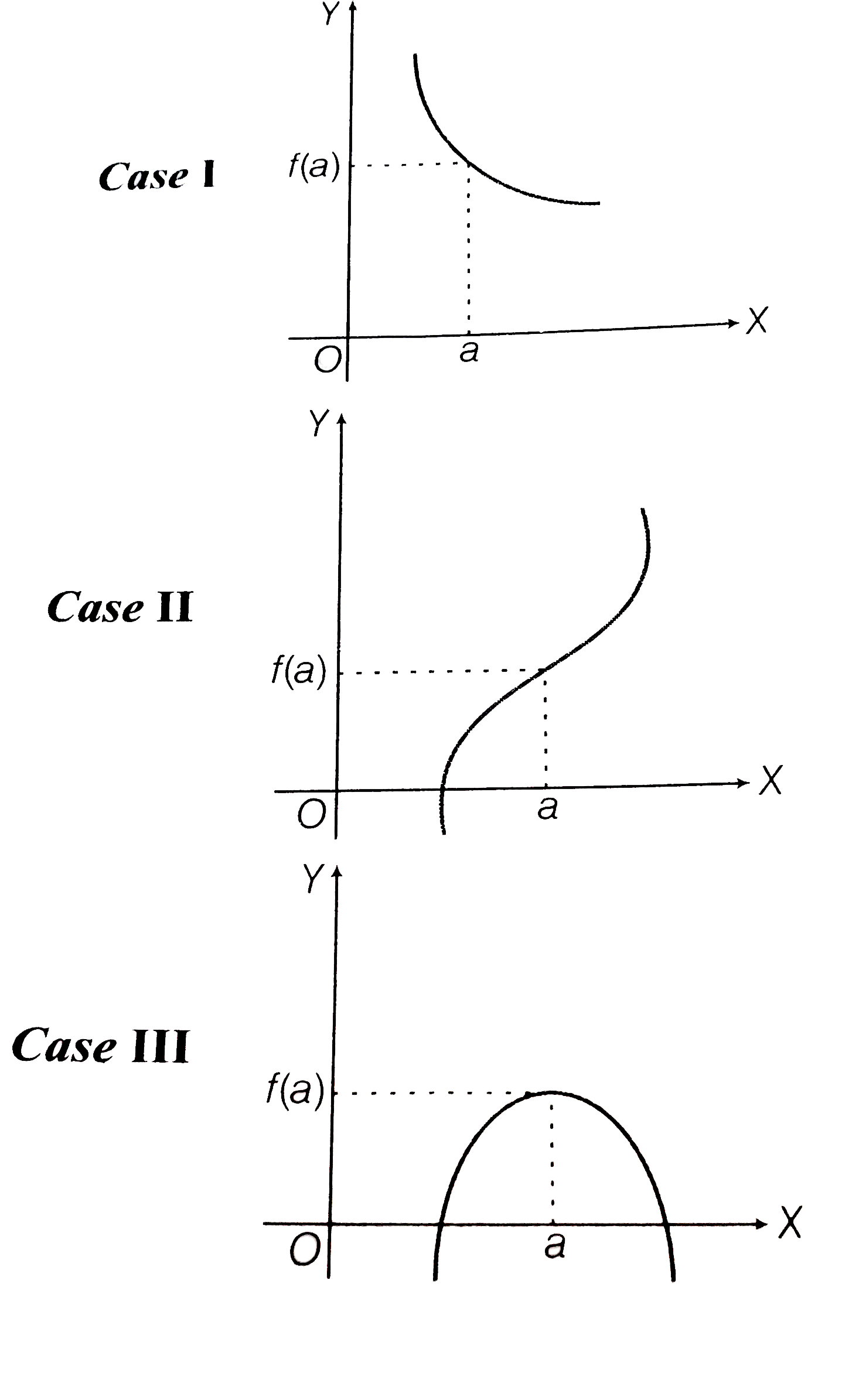limx→∞cot−1(√x+1+√x)sec−1{(2x+1x−1)x}=Solution in Punjabi
1
0
π2
None of these
The correct Answer is:A
Step by step video & image solution for underset(xrarroo)(lim)(cot^(-1)(sqrt(x+1)+sqrtx))/(sec^(-1){((2x+1)/(x-1))^(x)})= by Maths experts to help you in doubts & scoring excellent marks in Class 12 exams.
Updated on:21/07/2023Topper's Solved these Questions
- LIMITSBOOK - ARIHANT MATHSCHAPTER - LIMITSEXERCISE - SOLVED EXAMPLES
1 Videos
- LIMITSBOOK - ARIHANT MATHSCHAPTER - LIMITSEXERCISE - Exercise (Single Option Correct Type Questions)
38 Videos
- INVERSE TRIGONOMETRIC FUNCTIONSBOOK - ARIHANT MATHSCHAPTER - INVERSE TRIGONOMETRIC FUNCTIONSEXERCISE - Exercise (Questions Asked In Previous 13 Years Exam)
8 Videos
- LOGARITHM AND THEIR PROPERTIESBOOK - ARIHANT MATHSCHAPTER - LOGARITHM AND THEIR PROPERTIESEXERCISE - Exercise (Questions Asked In Previous 13 Years Exam)
4 Videos
Similar Questions
To evaluate limx→a[f(x)], we must analyse the f(x) in right hand neighbourhood as well as in left hand neighbourhood of x=a. E.g. In case of continuous function, we may come across followign cases.


Iff(a) is an integer, the limit will exist in Case III and Case IV but not in Case I and Case II. If f(a) is not an integer, the limit exists in all the cases. ltbgt If f'(1)=−3 and limx→1[f(x)−12] does not exist, (where [.] denotes the greatest integer function), then
View Solutionlimx→0sin(πcos2(tan(sinx)))x2 is equal to
View SolutionIf α=3sin−1(611andβ=3cos−1(49), where the inverse trigonometric functions take only the principal values, then the correct options (s) is (are)
View SolutionIn Which quadrant Point (−2,−3) will be lie.
View Solutionlimx→∞cot−1(√x+1+√x)sec−1{(2x+1x−1)x}=
View Solutionlimx→−1√x−√Cos−1x√x+1=
View Solutionlimx→∞[√x2+2x−1−x]=
View Solutionlimx→∞{sin√x+1−sin√x)=
View Solutionlimx→∞sec−1(xx+1)=
View SolutionProve that limx→∞1x=0.
View SolutionProve : limx→∞√x[√x+2−√x]=1
View SolutionProve : limx→∞[√1+x+x2−x]=12
View SolutionStatement -I : limx→∞(12x3+22x3+32x3+......+x2x3)=limx→∞12x3+limx→∞22x3+....+limx→∞x2x3=0
Statement - II : limx→a{f1(x)+f2(x)+....+fn(x)}=limx→af1(x)+limx→af2(x)+...+limx→afn(x)
View Solutionপ্রমাণ করো : limx→∞√x[√x+2−√x]=1
View SolutionEvaluate: (lim)x→∞(1+1x)x
View Solutionlimx→∞cot−1(√x+1+√x)sec−1{(2x+1x−1)x}=
View Solution
